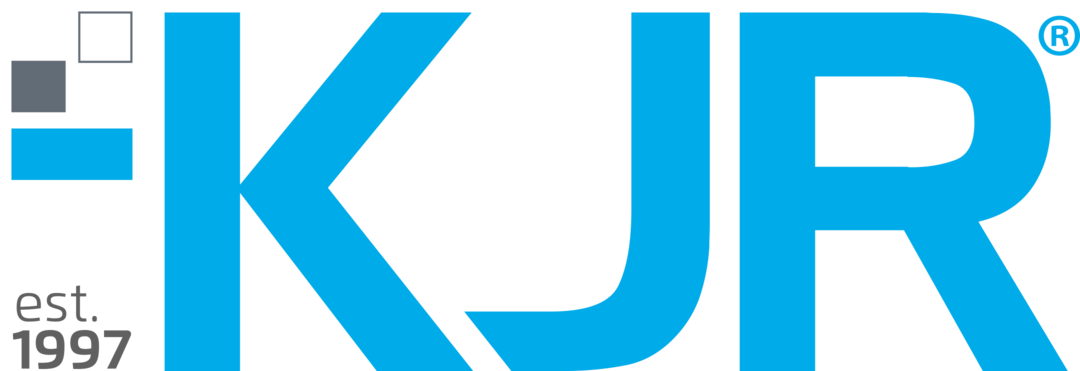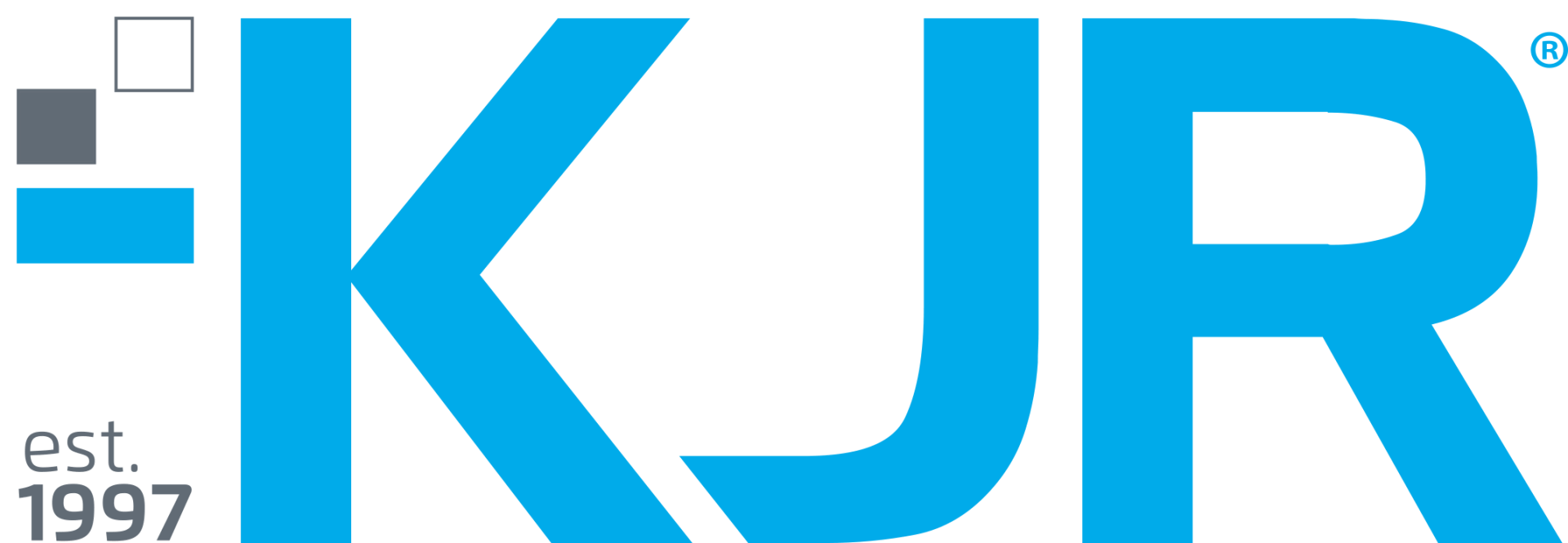Featured: There is an AI in CTO – Datarwe
As CTO for the strategic technology advisory firm KJR, Dr. Mark Pedersen has had a decades-long fascination with AI. Learn how this relationship started and Mark’s views on the opportunities ahead for AI in solving human problems plus how Mark adds a unique set of skills to Datarwe – KJR partnership.
This article was first published on the Datarwe website. Access the article here
Your interest in Artificial Intelligence goes back many years – to your PhD in fact. Tell us about what drew you in back then
My interest in AI really stems from a desire to use technology to solve challenging human problems. In my PhD I was looking at language technology, specifically ways of representing the knowledge that enables automated translation between human languages: it’s important to enable better communication between people of different backgrounds, and language can be such a big barrier.
One thing I learnt is that the models and assumptions we bring to how we use technology to solve problems often embed the same culturally specific biases we have around us. Back then I was looking at how biased language models were to the structures of English, or other major European languages, simply because those were the languages of many researchers in the field.
It is very difficult to escape the biases you have, that you bring as a human. Working from within a culture you’ve got to expand your field and have a diverse group of people working together to be able to recognise there is a bias there.
Where do you see AI is at today in terms of its adoption by the business and other communities?
I believe we’re at a point where many of the barriers AI has faced in the past are falling away. We have a critical mass of data and relatively cheap and easy access to the storage and computing power needed to make AI widely accessible. This makes applying AI to specific problems much easier than ever.
In the health space, problems which rely on pattern recognition such as recognising potential skin cancers are a really good target, and there has been lots of progress in areas like that where you can do pattern recognition on data captured at a point in time, such as an x-ray, a CT-scan or a simple photograph. This kind of approach can extend to other areas, such as detecting the on-set of various conditions from factors like heart rate variability which might be only detected over time, so we need a different kind of data set for that.
The roadblocks we face for this kind of problem solving is that while there can be a lot of “normal data” that helps us get to 80% or 90% of the way to being able to provide practical AI solutions, it can be really hard to get enough data about the unusual “corner cases”. This is where the ability to collect large amounts of data and share it securely is really important.
The other key challenge is being able to make sure that AI algorithms are trustworthy and reliable. It’s not enough to just recognise a medical symptom or a road hazard. To build trust we also need an explanation of why the algorithm thinks it sees a stop sign, why a skin lesion might be malignant or why a patient might be at risk of developing diabetes. This is a big part of being able to do quality assurance on AI solutions – not just checking that the result is right but also checking that it is right for the right reasons. In the case of machine learning systems which are constantly being fed new examples, part of that is being able to detect if the reliability of the algorithm starts to drift as updates are made based on new input.
What cultural commitments do you suggest for companies that want to embrace the full power of AI?
There is a lot of buzz around AI, and I think a lot of unnecessary fear-mongering about AI replacing humans. I think there are huge advantages in using AI to enhance our abilities to recognise and make decisions in complex situations. In healthcare this can be a way of “compressing experience” i.e. giving clinicians access to knowledge that is distilled from looking at thousands (or millions) of examples can be like gaining years of experience – but it is important to be able to use that externally-provided knowledge along with your own insights and not cede the responsibility for decision making to the machine.
When using AI to enable your organisation to be more responsive, it’s important to keep humans “in-the-loop”. An AI might help sift through lots of data to help identify issues that are urgent or important, but it’s essential for humans to be involved in terms of deciding how to respond. We can’t abrogate our responsibilities with regards to decision-making, ethics, and so on.
Tell us about your history with KJR – we understand it’s been a long one?
I knew Kelvin (Dr. Kelvin Ross – Founder and Chairman KJR) through working at the Software Verification Research Centre at UQ in Brisbane. We both had an interest in safety critical systems and formal methods. A lot of what was going on at the SVRC was about how you prove the correctness of software, especially systems like train control systems or heart pacemaker software that can’t exactly be testing in the field. For those sorts of systems proving their effectiveness was pretty important, but it is complex and time consuming.
KJR was born out of the realisation that software was going to become deeply embedded in everyday life, and that we’d need to apply a wide range of technique to address the kind of scale of software quality issues that we were likely to face as a society.
Initially there was a small handful of us working from Kelvin’s garage, and from those humble beginnings we’ve now got over one hundred staff and offices around the country.
Given the multitude of projects and clients you have worked with has there been a mantra learnt in terms of optimising customer success?
The map is not the territory – always take time to stop and assess exactly what is needed for the specific situation, rather than apply a “cookie cutter” approach. In practical terms, at KJR that’s why we always start with a technical risk assessment – understanding exactly what risks we’re trying to manage and what is really important. Sometimes you can cut out a lot of unnecessary activity that ultimately won’t help – other times if you don’t stop to really check assumptions, you can miss critical areas that could come back to bite you later.
How do you translate your ideas and vision into terms that your technical teams can get behind?
This is really hard, but the key is usually about continually focusing on the goal, and supporting people to acquire the understanding and the tools they need to move towards that goal. I need to know enough about where we want to get to, and what kinds of solutions might get us there so that I can clarify the goal, and point my team towards things that might work. My ideas about what might work might be wrong, and the team will quickly become more expert in a particular problem that I am, so micromanaging people is not helpful. Believing in their ability to solve problems and encouraging them to try things and continually keep learning is much more effective.
The sorts of things that are really important are make sure that you actually solving a real problem. Just because you’ve got something that looks like a solution don’t assume that it is something that anyone actually wants. Secondly, understand if you are solving that then solve that in a good way, in a way that is flexible and scalable The other thing I often see is that people don’t really take requirements seriously They don’t work on those things up front They just start writing some code.
How do you keep yourself up-to-date with the latest technology?
Probably the main way I keep up is by hanging out with other technology nerds ! I hear about something, I check it out, and if it captures my interest then I’ll usually dive in and try to do something with it, in order to consolidate my understanding. Books or on-line courses can help with that kind of deep dive. Conferences can be good for scanning trends and what is on the horizon. Then it can be a matter of sorting through the hype in order to know what is worth investing more time in.
Let’s talk about your relationship with Datarwe and where the synergies with KJR lie
I think the key role in Datarwe for myself personally, and the KJR team more broadly, is around assurance. What Datarwe is building is essentially a platform, a building block if you will, for innovation in the health space. Data providers need to be confident that their data are secure and well managed, and those wishing to conduct research or build solutions using that data need to be confident that platform is reliable, the data has integrity, and that overall that this is a safe space in which to work.
Data collection, data mining and machine learning have been driving the digital economy for quite a while, but for the most part this has been about fine-tuning search results and serving up content, particularly advertising. If you are Google or Facebook, for example, you essentially have a captive source of data and so you don’t really need to share it or collect it from third parties, and there hasn’t been a lot of focus on providing assurance around the governance of that data or the quality of the algorithms produced.
But if you’re working in the health sector, or you’re working in manufacturing or logistics, then the data landscape is much more fragmented –data sharing will be an essential precursor to enabling effective AI solutions, and there’s going to be a growing need for assurance across the whole process – from the governance of data collection, including things like privacy protection, and assuring ethical applications of that data, through to assuring the quality of the solutions that are developed.
So for KJR, the opportunity to support Datarwe through that whole process also enables us to build a deep understanding of what other clients will be needing in this space in the very near future.
On a personal note, how do you unwind away from work?
I dabble in music production and audiovisual art. I also do a bit of writing about that same thing and was fortunate to get a chapter in a book published earlier this year. Those kinds of things are fun – a way of leveraging my technical skills while dipping my brain into a completely different context. I also enjoy getting outside in nature whether that’s long bush walks or going to the beach – having regular times to disconnect from technology is really important.
Lastly, any words of wisdom to aspiring tech professionals?
KJR proudly partners with Datarwe.
If you need robust online security procedures for your organisation, Contact KJR today for an initial discussion.








